Like all mechanical parts, shafts are subject to manufacturing and assembly tolerances that generally cannot be entirely eliminated even with extensive technical measures. Without compensation of these mechanical deviations, they can cause vibrations, noises, and stiffness — eventually reducing the lifespan of the connected units.

JW Winco’s new couplings transmit rotary motions and torques from shaft to shaft, evening out tolerances and mechanical deflection that would otherwise damage drive or measurement configurations.
The standard part professionals at JW Winco tackled these problems and developed a solution. The result: precise couplings that can be used for torque and power transmission, as well as position and motion control. Now, the ideal coupling type is available for every application.
Despite the wide variety of coupling options, choosing a design for an application is easy. A type overview highlights the most important features of each coupling. Plus, JW Winco’s standard sheets document the details of the individual coupling standards.
Additional technical information on installation and use as well as speeds, temperatures, torsional stiffness, moment of inertia, and so on are summarized in the coupling’s brochure (available as a PDF download or online).
The new couplings are available in aluminum and stainless steel, including designs for positive and non-positive connections. Multiple bore diameters, various stiffness and hardness levels of the coupling body, and an optional keyway allow specific customization for a given use-case.
In general, all of the new couplings compensate for offsets and misalignments, accommodate runout error and axial motion, and dampen vibrations and impacts to varying degrees. At the application level, there’s a choice between position and motion control or torque and power transmission.
For position and motion control, the rotary motion must be transmitted with very high precision and accuracy. This requires a coupling type that functions with zero backlash in the direction of rotation and has high-torsional stiffness. Typical applications include: servo and stepper motors for linear axes, industrial robots, and test benches.
For torque and power transmission, on the other hand, the focus is on force transmission. This calls for couplings that can withstand high torques and heavy loads while functioning reliably in harsh conditions. Typical applications include: conveyor systems, pumps and agitators, packaging machines.

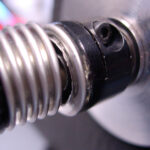
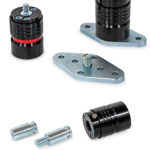
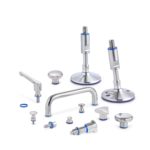
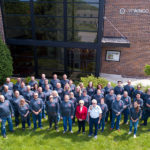
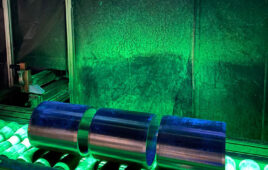
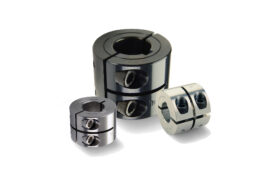
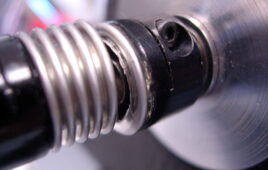
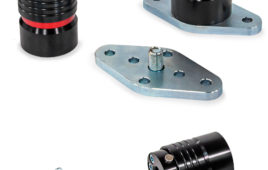
Tell Us What You Think!